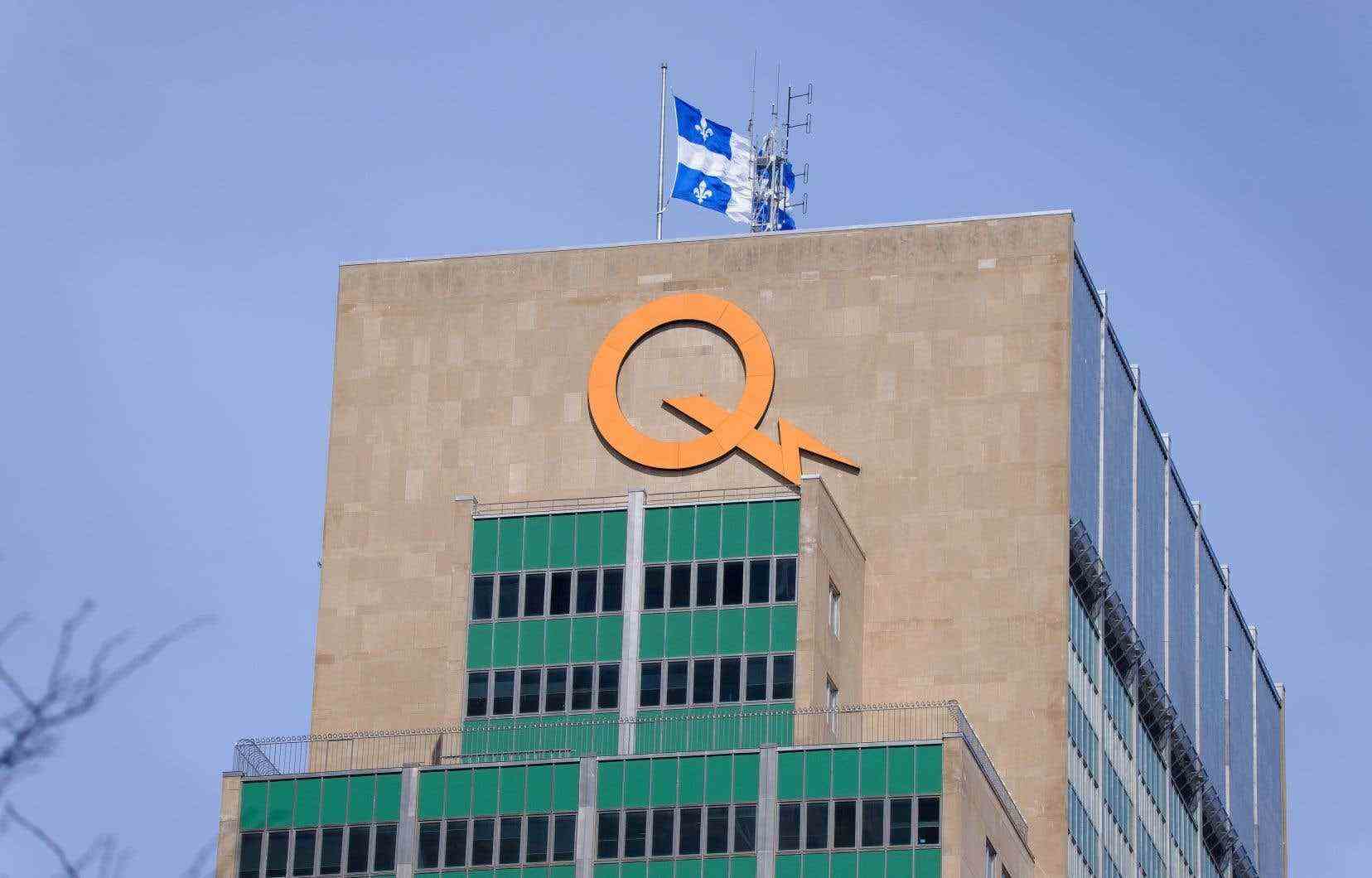Power outages are increasing and lasting longer and longer, deplores the Auditor General of Quebec, concluding that the reliability of the service offered by Hydro-Quebec to the population leaves something to be desired, at the very time when demand continues to grow.
In Quebec, during the last decade, the number of power outages has increased from 36,314 in 2012 to 42,035 in 2021. During the same period, the average duration of these outages jumped from 100 to 163 minutes per customer. , an increase of 63%.
In his annual report tabled Wednesday in the National Assembly, Guylaine Leclerc is concerned about the quality of the essential service offered by the state corporation to the millions of Quebecers who depend on it for heating and lighting.
Far from improving, everything indicates that the situation will go from bad to worse. In 2020, Hydro-Québec set itself the objective of reducing the average duration of outages per customer, which was to drop from 189 minutes to 175 minutes in 2025. However, the average continues to rise. In 2021, it was 201 minutes. Instead of revising its objectives downwards, Hydro-Québec is revising them upwards, with now a target of 221 minutes in 2026.
In general, Ms. Leclerc notes a “marked decline” in the service offered by the state corporation to its millions of customers, also deploring the lack of effort made by Hydro-Québec to prevent breakdowns and replace its aging assets.
“The reliability of the distribution service has deteriorated in recent years,” she concludes in her report, adding that the outage reduction plan, adopted by management in 2020, has not yielded the expected results.
This plan, initially estimated at $800 million, had to be increased to $1.1 billion, an increase of 43% in cost.
There are also failures on the side of “preventive maintenance”, that is the work done upstream to avoid the multiplication of power outages. Only a quarter of the work planned for this purpose in 2021 has actually been carried out.
The proliferation of outages is expensive: from 2016 to 2021, Hydro-Québec has spent $144 million to $202 million to repair them.
To avoid breakdowns, it is important to be able to rely on assets in good working order. However, Hydro-Québec, the pillar on which the Legault government relies to carry out the energy transition of Quebec, “is not equipped” to face the challenge of the aging of its assets, a worrying phenomenon “which will be accentuated in the coming years “.
The auditor finds shortcomings in Hydro’s strategy with regard to the necessary replacement of aging equipment. It is calculated that we will have to replace 7,000 to 30,000 poles per year by 2035 and 14,000 transformers by 2030. But the auditor estimates that there is a real risk that Hydro-Québec will not be able to fulfill this order, due to a lack of sufficient manpower in the field.
“Sound management of the assets of Hydro-Québec’s electricity distribution network is essential, since Hydro-Québec supplies an essential asset to almost all of Québec’s population and the historical acquisition cost of these assets is approximately $17 billion,” she wrote.
